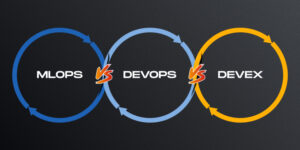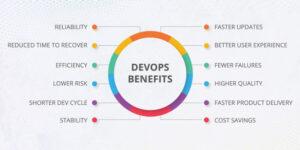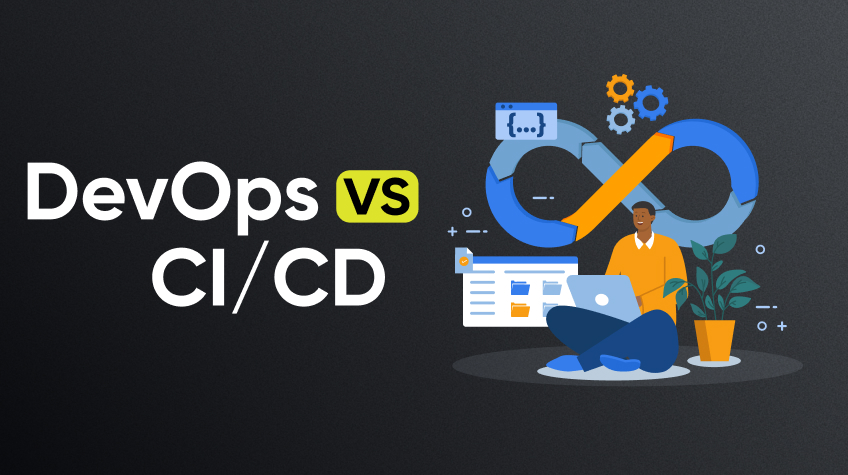
Software development today is all about speed, collaboration, and automation. Buzzwords such as DevOps and CI/CD come up often, but what do they mean? Are they the same? How do they work together? In this guide, we’ll explore both DevOps and CI/CD, explain what role they both play in the software delivery process, and how you can utilize them to build faster, better, and more reliable applications.
What is DevOps?
DevOps represents a work culture and a collection of operational techniques that unite developers with system administrators. The approach uses collaborative methods, automation techniques, and continuous enhancement measures to generate fast, dependable software delivery.
Core Principles of DevOps:
- Dev and ops teams work together
- Manual processes automated
- Monitoring and feedback are continuous
- Rapid delivery with low risk
- Developers commit code often
- Automated tests provide stability
- Bug detection early
What is CI/CD?
The abbreviation CI/CD represents an integrated system of Continuous Integration and Continuous Delivery/Deployment. A CI/CD system consists of automated procedures that enable developers to merge code, execute tests, and deploy new changes efficiently.
CI (Code Integration):
- Developers merge code frequently
- Automated tests ensure stability
- Early bug detection
CD (Continuous Delivery/Deployment):
- Continuous Delivery: code is always deployable
- Continuous Deployment: code is automatically deployed to production
- Eliminates manual intervention and downtime
DevOps and CI/CD: Key Differences
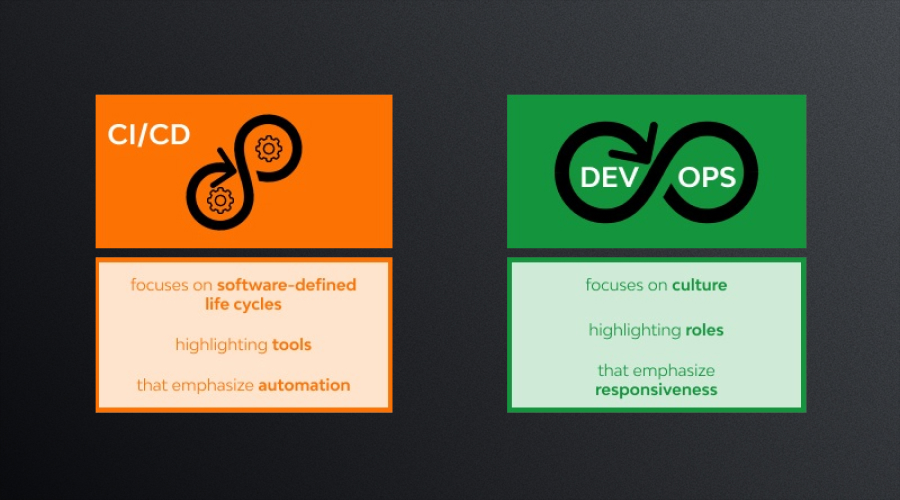
Focus
- DevOps: The main goal of DevOps is to establish supportive cultural connections with organizational and strategic alignment between the development and operational teams. DevOps Solution as a framework to promote teamwork between groups while eliminating communication breakdowns and sustaining ongoing development excellence through the software delivery path.
- CI/CD: CI/CD concentrates on technical development automation during the software delivery process by integrating the code base, simultaneously testing it, and implementing it into production. Quick and dependable automation forms the core of providing consistent and efficient software delivery systems.
Team
- DevOps: DevOps requires multiple specialist roles such as developers, operations engineers, QA testers, security specialists (DevSecOps), and system administrators. It promotes a shared responsibility model across all these functions.
- CI/CD: When it comes to CI/CD, developers and QA testers share responsibility for code pushes, test development, and application maintenance to achieve deployment readiness.
Tools
- DevOps: DevOps implements multiple tools covering infrastructure management, configuration monitoring, containerization and orchestration. Popular tools for DevOps practice include Docker, Kubernetes, Ansible, Terraform, Prometheus as well as Grafana.
- CI/CD: The core functionality of CI/CD consists of pipeline and automation tools that execute code integration testing and deployment processes. The most widespread pipeline and automation tools in CI/CD practices include Jenkins, GitHub Actions, GitLab CI/CD, Travis CI and CircleCI.
Scope
- DevOps: The framework of DevOps supervises all activities in a software development process, starting with initial planning, application coding, testing, and final deployment to monitoring stages. DevOps brings together cultural changes with technological advancements for complete implementation.
- CI/CD: The Code Integration and Continuous Delivery (CI/CD) framework concentrates on automating code practice, starting with integration and continuing through the testing and delivery stages. The DevOps toolchain and philosophy incorporate this system among its multiple elements.
How Do DevOps and CI/CD Work Together?
CI/CD and DevOps function together as inseparable components. DevOps focuses on organizational culture and collaboration, whereas CI/CD brings its essential automation capability to provide quick and dependable software delivery.
1. Sets the Culture DevOps and CI/CD Enables Execution
The DevOps approach supports the removal of operational boundaries between developers, operations teams, QA testers, and cybersecurity specialists, promoting shared responsibility. The automated processes that CI/CD implements for testing and deployment help developers concentrate on innovation rather than repetitive tasks, and at the same time, maintain a DevOps work culture.
2. Continuous Feedback Loops
The success of DevOps depends on receiving valuable feedback from the environment. Organizational CI/CD pipelines enable immediate feedback notifications for developers in case their builds or tests fail. The real-time feedback available from monitoring tools found within CI/CD systems helps teams obtain feedback directly after deployment, thus completing the code-to-customer feedback cycle.
3. Seamless and Reliable Releases
DevOps ensures the development of risk-free, frequent, small releases. CI/CD pipelines automate code-building, testing procedures, and deployment operations to enable quick software deliveries through a few hands-on interactions.
4. Shared Responsibility & Visibility
The visibility of CI/CD pipelines across the team ensures that every member can track the current state of the build and release progress. Internal information visibility stands in line with DevOps principles by promoting teams to take ownership of software quality and reliability.
Benefits of Using Both
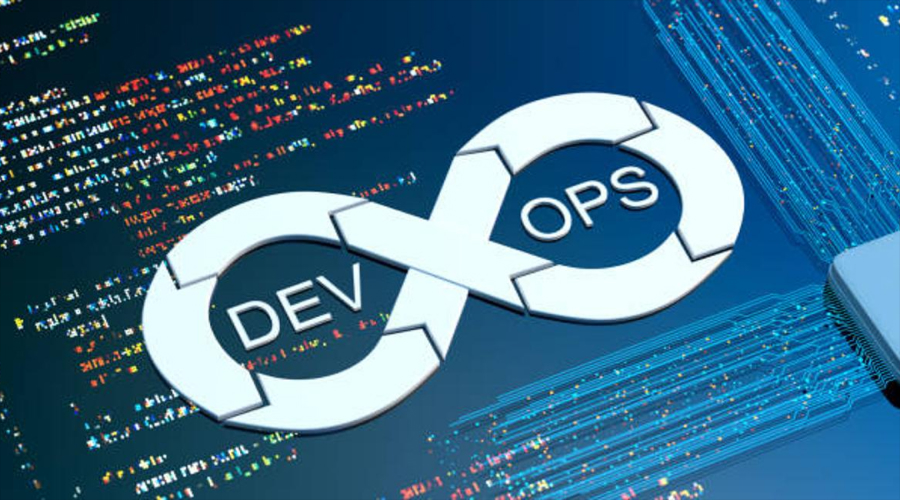
Integration of DevOps and CI/CD systems produces revolutionary advantages that benefit startups and enterprises equally. Key benefits of using both include the following:
1. Faster Time to Market
The automation of builds, testing and deployment sequences cuts down significantly the time between code creation and customer delivery.
2. Improved Product Quality
Every change must pass quality inspections through automated CI testing before it progresses to production release. The combination of DevOps monitoring and automated alerts allows teams to identify and solve technical problems at their initial stages.
3. Reduced Human Error
Manual errors during the development process become nearly non-existent with CI/CD pipelines that automate deployments starting from code commits to final production releases.
4. Enhanced Collaboration
DevOps encourages collaborative work relationships between developers, operations teams, their QA counterparts, and security personnel. The shared DevOps and CI/CD platform helps team members track progress and find issues as it allows everyone to participate and contribute to resolutions..
5. Better Customer Experience
Frequent, stable software updates allow users to receive new features and bug fixes quickly. In addition to improving customer trust, DevOps and CI/CD systems enable rapid problem resolution.
Common Tools Used
There are multiple tools that serve CI/CD and DevOps Strategies. There are several of them that integrate to create an efficient delivery framework.
DevOps Tools:
- Docker: Containerizes applications to provide consistency throughout environments.
- Kubernetes: Orchestrates container-based applications at a large scale.
- Terraform: Manages infrastructure as code in cloud providers.
- Ansible: Automates deployment and config management tasks.
- Prometheus: Provides real-time monitoring and alerting of systems and services.
- Grafana: Displays metrics gathered from monitoring tools such as Prometheus.
CI/CD Tools:
- Jenkins: Open-source automation server broadly used to create CI/CD pipelines.
- GitHub Actions: Natively integrates with GitHub repositories for automated build workflows.
- GitLab CI/CD: Integrated into GitLab, it provides strong CI/CD pipelines features with native Docker support.
- CircleCI: Provides quick builds and supports Docker, Kubernetes, and cloud-native applications.
- Travis CI: A cloud-based CI service that integrates well with GitHub for open-source projects.
Best Practices for Implementing DevOps and CI/CD
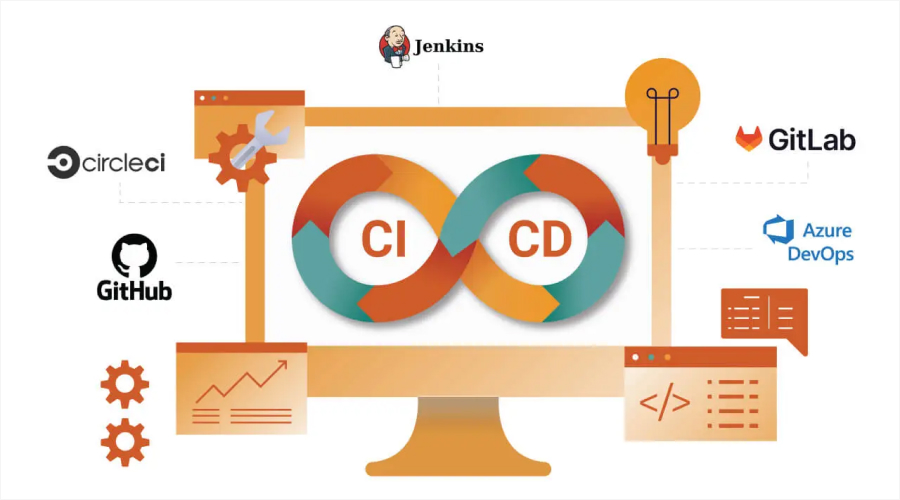
This implementation of CI/CD and DevOps executes best through these practical guidelines:
1. Align Teams Around Shared Goals
You must ensure that developers and the IT operations team share identical business goals. Try to eliminate communication bottlenecks by promoting full-team responsibility for achieving delivery results.
2. Automate Everything You Can
Your system should automate the processes of code integration, testing functions and implementation of security scans with deployment workflows. The use of infrastructure as code (IaC) serves for environment management. Automatic processes eliminate faults at the same time as minimizing operational timelines.
3. Monitor Continuously
Add monitoring components to your CI/CD pipelines process so you can track system performance, user activity, and status monitoring. Your system should send notifications that will identify problems at the earliest possible stage.
4. Keep Pipelines Fast and Reliable
Improvements in CI/CD pipelines should include running essential tests only, enabling dependency caching, and step parallel execution wherever feasible. The speed of rapid feedback systems helps developers maintain their productivity levels.
5. Start Small and Scale
Initiate your DevOps development practices by establishing one team or one project and learn valuable lessons through practice before expanding to other teams throughout your organization. It is best to resist attempting massive-scale operations.
6. Embrace a Culture of Continuous Improvement
Your team should monitor performance metrics, workflows for CI/CD pipelines, and deployment metrics. The team should track delays in processes to enhance system performance while strengthening operational stability through process optimization
Conclusion
In conclusion, DevOps and CI/CD work as partners and not as opponents. The cultural framework establishes that DevOps and CI/CD are implemented technically. The integration of these practices produces a pipeline that is strong and efficient for software delivery. Reliable software delivery at high speed with minimal issues emerges from the successful execution of DevOps and CI/CD practices.





